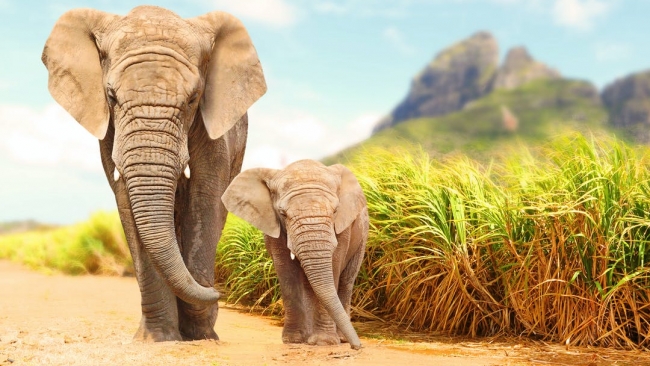Africa’s Elephants Are in Peril—but Travel Could Help Protect Them

A new designation will help conservationists, and travelers, better support the world’s largest terrestrial mammals.
If you’ve ever had an encounter with elephants—the world’s largest terrestrial mammals—you might be among the ranks of travelers who say it’s one of the most moving wildlife experiences of their lives. Elephants’ massive size, long trunks, and white tusks are a sight to behold. But most people are captivated more by their intelligence, curiosity, and sophisticated matriarchal social structures that challenge traditional ideas of what defines humanity.
Yet elephant populations around the world, from Asia to Africa, continue to face an existential threat due to illegal poaching as well as habitat loss, thanks to the world’s booming human population. News on the conservation front in Africa could help us to better understand some of the world’s last remaining megafauna—and to better protect them, too. In March 2021, the International Union for Conservation of Nature (IUCN) officially recognized African savanna and forest elephants as two separate species—the first major conservation organization in history to do so. The IUCN also designated the two species as “endangered” and “critically endangered,” respectively, as part of its Red List of Threatened Species. (The last assessment in 2008 lumped together all elephants in Africa as “vulnerable.”)
Read more at AFARSource: AFAR
Mon 24 May 2021 at 13:43
.jpg)
.jpg)
.jpg)


